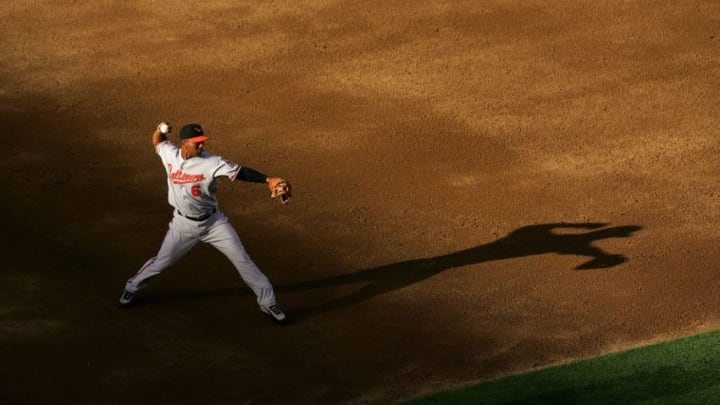We’re just six days away from pitchers and catchers reporting to Spring Training. Let’s take a look at the players who have donned the number six for the Baltimore Orioles.
It’s always fun taking a trip down memory lane. Sometimes the memories are good, other times they’re bad. For example, remember when the Baltimore Orioles won the American League East for the first time since 1997? That was good. But, remember when Ubaldo Jimenez allowed a three-run walk-off homer to Edwin Encarnacion? Yeah, that was bad.
I’m going to take a trip down memory lane today and look back at a few players who have had the pleasure of sporting the number “6” in Baltimore.
Instead of bringing to light repetitious news numerous times, over-and-over again, this offseason, let’s have some fun today.
A few of these names you’ll know off the top of your head. A few of them you may not have had the pleasure of watching in person, but you recognize the name.
In franchise history, there have been 42 players to wear the number six. Some of them held the jersey number for one season – the majority, actually – and one player has held the number for a decade.
The following slideshow will give you a list of players who have had the number – for at least four seasons – the longest.
A few honorable mentions not named in the slideshow are current MLB Network Analysist, Harold Reynolds (1993), current Los Angeles Dodgers All-Star, Justin Turner (2010) and former Orioles manager Davey Johnson (1965).
